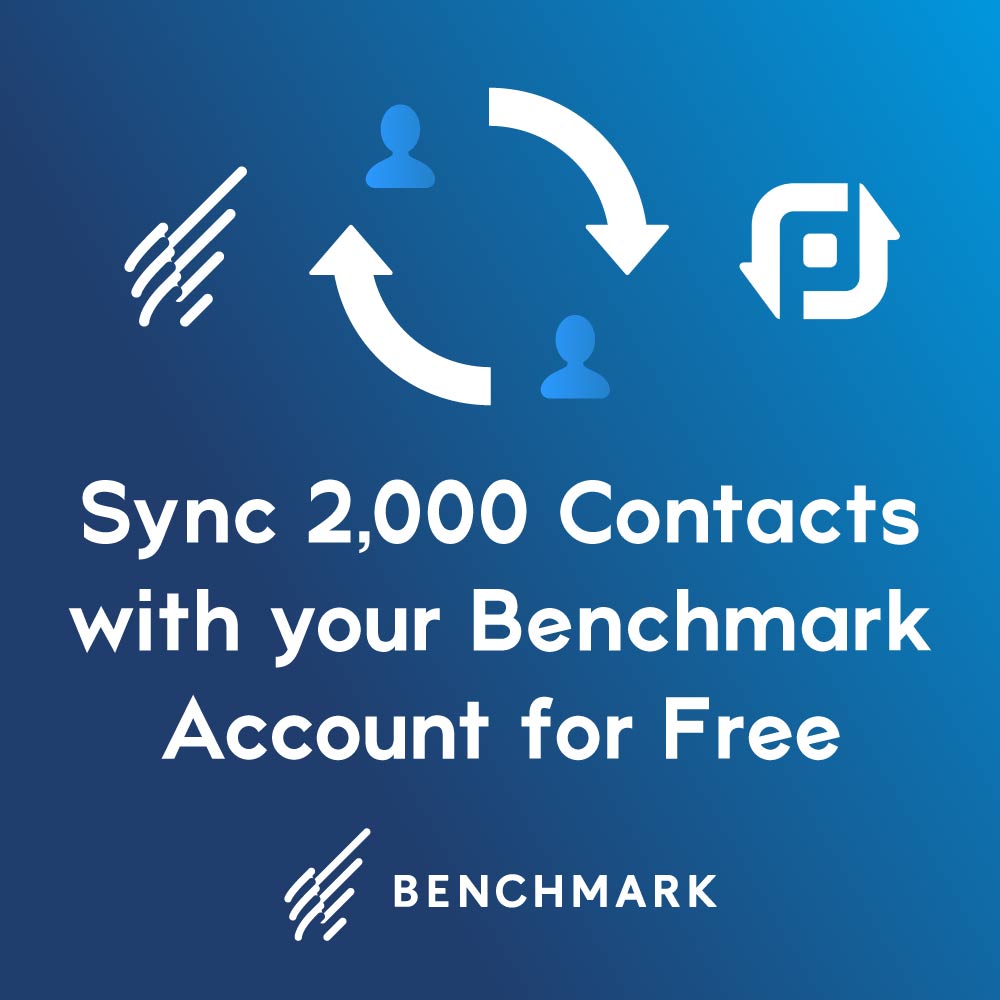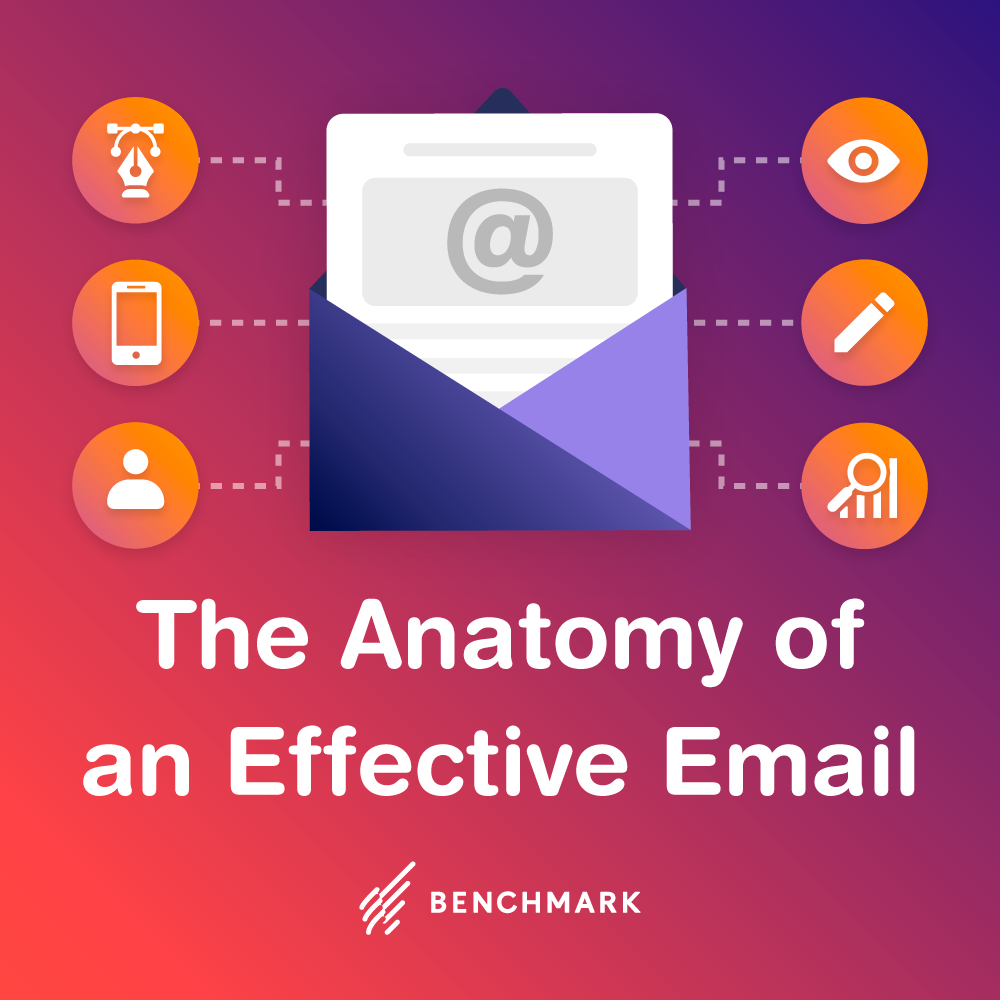
Using opt in is the only reliable, respected email marketing process of the moment. Opt in, simply stated, means you got permission from your recipients to send your campaigns to them. But there is more to opt in that what is seen at its face. Here’s more info on opt in, what it means, and how you should go about using it.
Try Confirmed Opt In
Opt in, simply stated, means you got permission from recipients. This might mean they signed up in your Signup Form or you got their email address during a big sale or trade show. The key to opt in email is evidence that you can show email providers should you get hit with a spam complaint. But there’s another type of opt in that’s even better than the single step system many email marketing pros use. Confirmed opt in means that you not only got the info from your recipients to send, but you sent an email with a link asking them to confirm their subscription. Each customer that confirms their subscription is officially confirmed opt in. The second step is used to cut back on fraud, including people signing up others for emails and newsletters without their knowledge.
Use a Signup Form
The best tool for building an opt-in list is a Signup Form. A Signup Form is a box that goes on your Website, inviting people to enter their email addresses and other data to sign up for your newsletters. What makes a Signup Form so appealing is it is a set it and forget it technology. Once you’ve created a custom Signup Form, you can place the code on every page of your site, gathering sign ups from wherever your guests end up. At Benchmark, each and every sign up is automatically added to your email list. The best part of your Signup Form is the record it keeps of every sign up. This means that if someone hits the spam button, you can show email providers that you have permission from them to send, and that hitting the spam button is a mistake on their part.
Use permission reminders in your campaigns
A permission reminder is a simple sentence stating how your recipient came around to receiving your emails. A permission reminder sits at the top of every email you send, giving email recipients a clue to how they became opt-in. A simple permission reminder says something like, “you’re receiving emails from us because you signed up at our Website, XYZ.com”. This optional feature should be used every time you send, at least to remind forgetful customers that you’re not a spammer, and show email service providers that you only use solid, respected email marketing practices.




